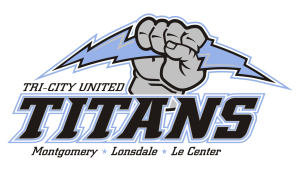English Language Learners in Middle and High School: An Introduction
Completion requirements
English Language Learners in Middle and High School: An Introduction
How can schools help close the achievement gap for English language learners (ELLs) and what can we do to increase college readiness for these students? Our panel of experts discusses ways that schools can become more and improve instruction for ELL students. Learn about techniques for building trust and partnerships with families; ways to adapt classroom instruction to improve comprehension, and strategies to increase college readiness.
Guiding Questions
- What are the challenges your school faces in making ELLs students and families feel welcome? What are some ways your school has tried to overcome these challenges?
- What can teachers in content classes do to teach content and language simultaneously? What are some possible collaboration models for content and ESL teachers?
- Students with Interrupted Formal Education (SIFEs) present unique challenges as compared to students that immigrate to the US with a strong educational background. What can schools and teachers at your school do to work with this subgroup of ELLs?
- Describe the impediments that stand in the way of an ELL attending college? How could your school increase the likelihood of ELLs going to college and completing a post-secondary degree?
- What types of professional development activities do you think would be helpful to teachers who want to learn more about effective academic English instruction?
- If states adopt common standards and assessments, how do you think these standards should be modified to consider the challenges and needs of ELLs?
Last modified: Monday, November 30, 2015, 9:52 AM
